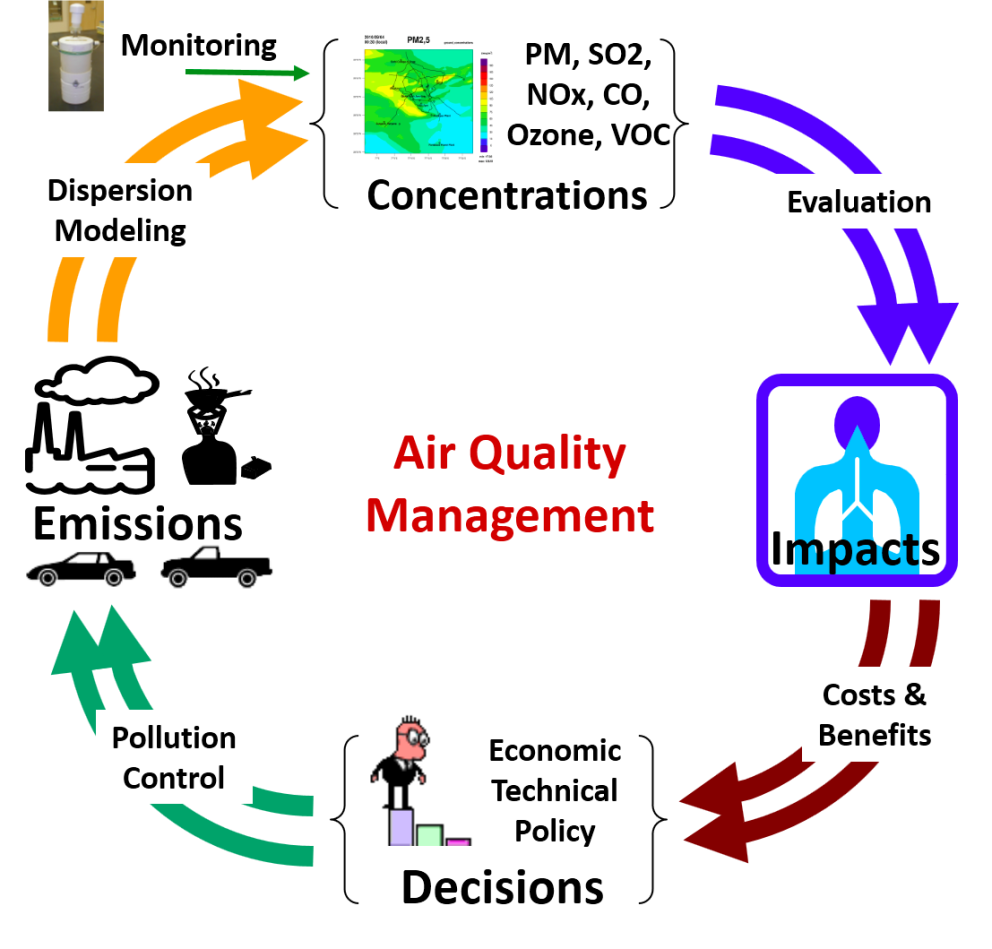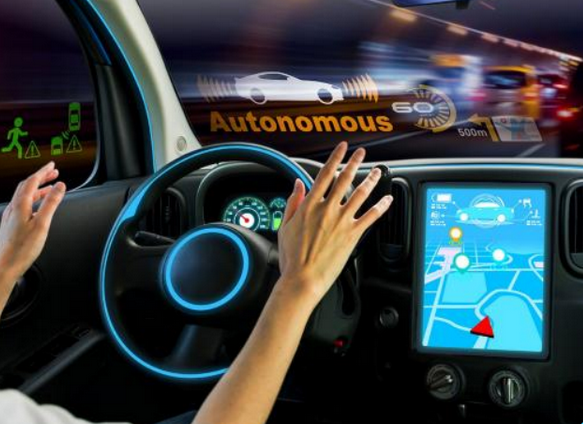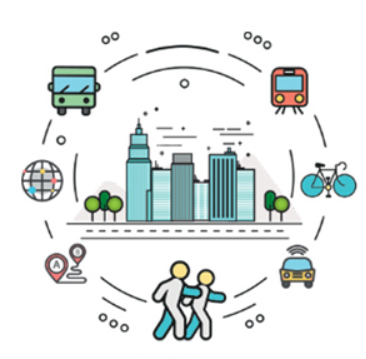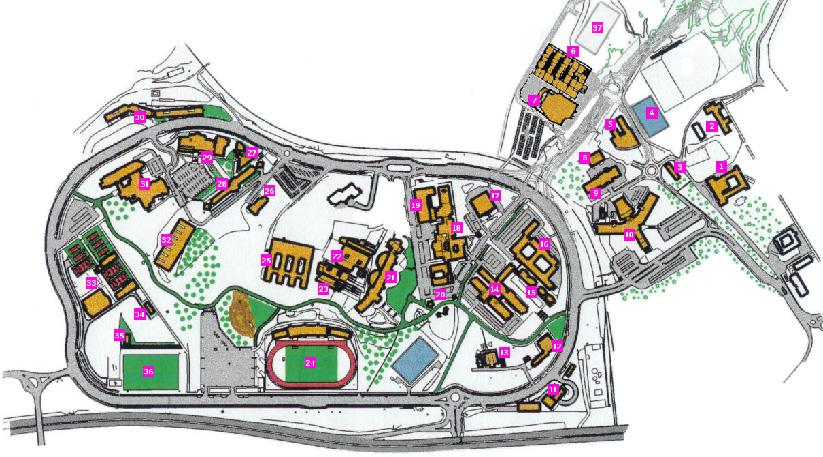One of the key aspects in current digital transformation, and into the challenges for the next years, is particulate matter monitoring (PM) as one of the main pollutants related to traffic emissions in urban areas. In 2015, particle matter became one of the top five mortality risk factors in the word, with an estimation of 4.2 million people premature death. The maximum levels of exposure to these pollutants are regulated in the Directive 2008/50/EC of the European Parliament and of the Council on air quality and cleaner air for Europe. The most important regulated species are nitrogen dioxide (NO2), sulphur dioxide (SO2), ozone (O3), and atmospheric particulate matters (PM1, PM2.5 and PM10), mainly emitted by transportation. Therefore, some European cities have initiated programs to implement smart transport measures. In this context, the cities of Murcia and Molina de Segura have joined forces in order to achieve a sustainable mobility policies in the shared area of the Campus of Espinardo, where hundred of students move every day.

To address this pollution issues, cities need to try to reduce the maximum personal car use as they can. This is why public transport and bike sharing are being promoted in every city as green alternatives to private cars. Some cities are also regulating the transportation of private cars with Low Emissions Zones. In the Murcia/Molina use case, we will try to promote the usage of bike sharing, available in the Campus of Espinardo.
Thanks to the GreenMov project, both cities aim to provide citizens the tools to plan sustainable movements. The pilot focuses in the area of the Campus of Espinardo, which hosts the most important schools of the University of Murcia. The green services developed in GreenMov will allow students - and citizens - to know the emissions of their car movements. In addition, they also will be able to know the air quality index inside the Campus, and they can consult the availability of green transport alternatives, such as bikes. The development of these services would not be possible without the mutual collaboration between the town councils of Molina de Segura and Murcia, and the joint efforts they are making to provide data to feed these services. Therefore, the use case proposed in these two cities is pioneering in terms of a shared mobility policy between two different cities. This will greatly improve the quality of life of citizens as both cities have a common mobility.

In the Murcia/Molina use case we will use data provided from both cities. We will use data from traffic cameras in the city of Murcia, air quality from the city of Molina, which sensors were bought from Libelium Murcia, and bike usage data from the bike sharing system available in the Campus of Espinardo and in the city of Murcia. We will also use data from different oficial sources such as the European Air Quality Network and AEMET, the Spanish meteorological agency.

However, the project faces a number of challenges on the scale of the goal it aspires to achieve. The main one is the homogenisation of data sources from two different municipalities, each with the particularities of its respective municipality. In this sense, there are two key elements that will help to overcome this difficulty: firstly, the Smart Data Models promoted by the FIWARE Foundation, which allow the data to be represented in a unified format and, secondly, the willingness of both municipalities to work together. In addition, the services have to overcome various challenges such as receiving data from different devices or making predictions that can generate trust among citizens.
This project will benefit everyone living in the city by trying to reduce the traffic emissions and helping the citizens make green decisions of mobility facilitating information about public transport. If the citizens use the bike more, it will also help them be healthier because of the exercise. Also, GreenMov proposes a solution that is easily replicable and will be able to be used by more cities. With this use case we also focus on the possibility for cities to work together and join forces to make green solutions available.
